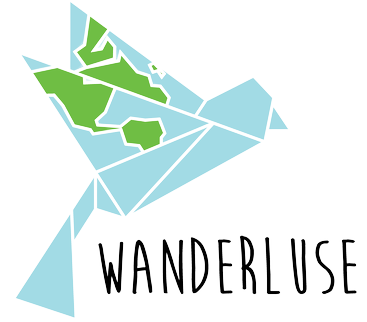What activities take place in the lungs?
The main function of the lungs is the process of gas exchange called respiration (or breathing). In respiration, oxygen from incoming air enters the blood, and carbon dioxide, a waste gas from the metabolism, leaves the blood. A reduced lung function means that the ability of lungs to exchange gases is reduced.
How do you make a working model of lungs?
- Step 1: Cut the Bottom Off Your Plastic Bottle.
- Step 2: Carefully Cut/screw a Hole in Your Bottle Cap.
- Step 3: Cut Your Straws to Be Your Windpipe.
- Step 4: Prepare Your Balloons to Be Your Lungs (optional)
- Step 5: Attach Your Lungs to Your Windpipe.
- Step 6: Put Your Lungs Into Your Bottle.
How do you introduce your respiratory system to students?
The respiratory system brings fresh air filled with oxygen through your nose and mouth, down your windpipe, and into your lungs. The lungs let the fresh air into your body and collect the used-up air and push it out of the body when you breathe out. Practice inhaling (breathing in) and exhaling (breathing out).
Which activity builds lung capacity?
Vigorous aerobic exercise, such as swimming or power walking, can be an effective way to improve your lung capacity. For maximum lung-building impact, you should include high-resistance aerobic activities to get your lungs working at their full capacity.
Are lungs like balloons?
As we talked about before, the lungs are really just big collections of very tiny air sacs, which make it like one big sponge or balloon. Much like a balloon the lungs can inflate and deflate as air moves in and out of them.
How do lungs work experiment?
The diaphragm at the bottom of our chest moves down to create more space. As we breathe out the diaphragm raises again. The knotted balloon represents the diaphragm and the balloon inside the container the lung. That’s how lungs work!!
Is push ups good for lungs?
Pushing out is a super effective exercise that increases the capacity of your lungs to absorb oxygen.
How can I improve my lung endurance?
To keep your lungs healthy, do the following:
- Stop smoking, and avoid secondhand smoke or environmental irritants.
- Eat foods rich in antioxidants.
- Get vaccinations like the flu vaccine and the pneumonia vaccine.
- Exercise more frequently, which can help your lungs function properly.
- Improve indoor air quality.
What are 3 functions of the lungs?
Delivers oxygen to the cells in your body. Removes waste gases, including carbon dioxide, from the body when you exhale. Protects your airways from harmful substances and irritants.
How can I teach students about the respiratory system?
Tell students they will be learning about the respiratory system and ask them to prepare their notebooks accordingly. Pass out copies of our lesson Respiratory System: Function & Physiology. With students, read the first section Take a Breath. As you read, have students follow along with taking breaths and noticing their physiology.
How can I teach my child how to draw lungs?
Start by having your child draw lungs on paper. Then, punch a hole through each lobe shape and string a balloon through. Have your child blow into the balloons to see how the lungs expand and contract with air as they breathe!
How do you make a model of the lungs?
Example model “lungs” created for the experiment setup. Tell students that the straws represent the bronchi and the balloons represent the lungs. Stick the balloon ends of the straws through the bottle opening and tightly screw on the lid. Stretch out the larger balloon and place it over the open bottom of the bottle.
What do I need to do a lung capacity investigation?
The purpose of the investigation is to determine our own lung capacity and then depending on your student’s hypothesis do some additional testing and measure lung capacity again. You will need a balloon (the kind that blows up into a regular balloon shape, not the oblong sort), a measuring tape or ruler, and something to record data with and on.

